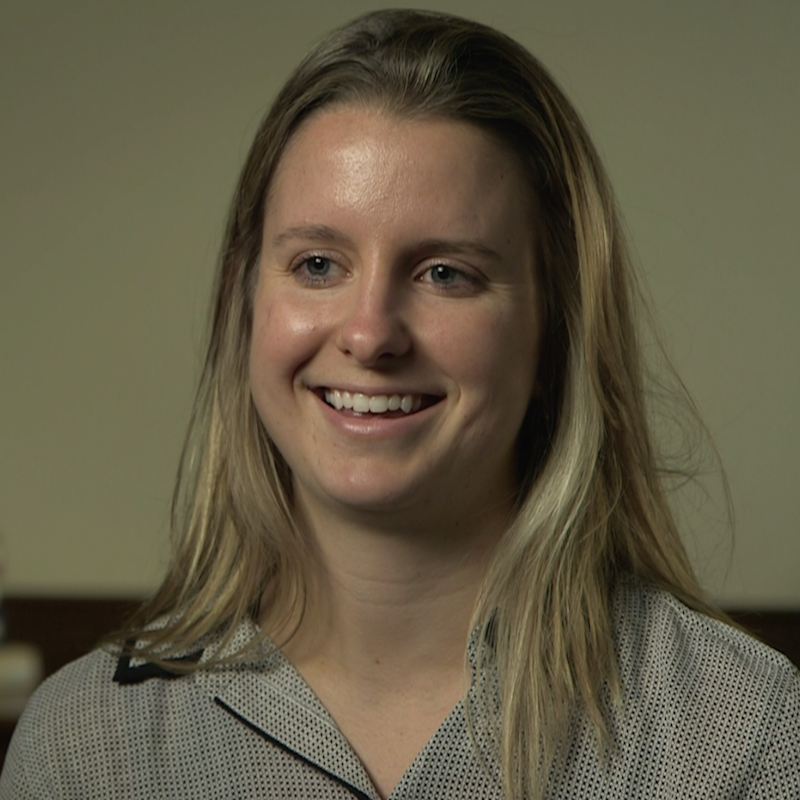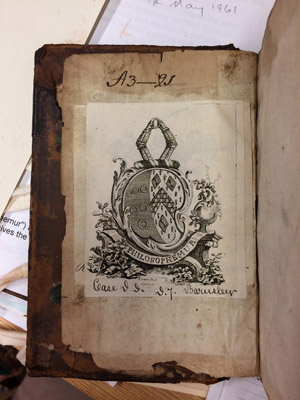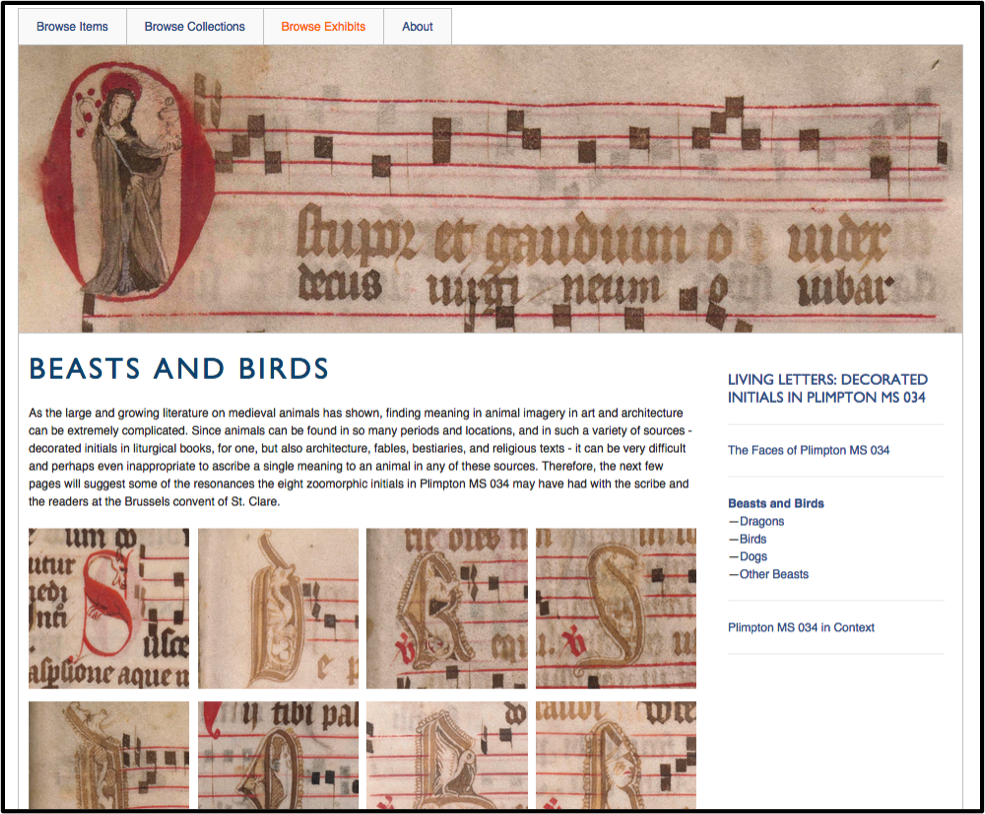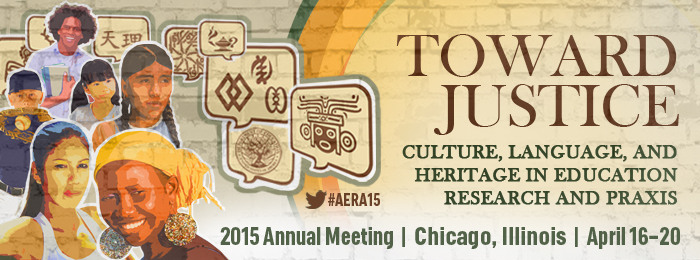In Conversation: A Collaborative Online Exhibition for NYC Food Justice with Professor Erin Hasinoff
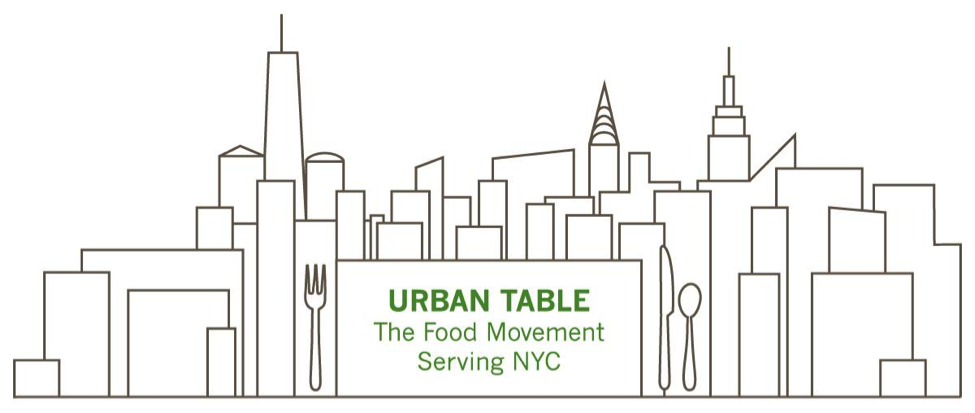
Museum Anthropology MA students in Dr. Erin Hasinoff’s Exhibitions: Practical Considerations (offered in Spring 2015 at Columbia) explored some of the organizations and people that share the responsibility of nourishing New York City. Through independent fieldwork, students had the opportunity to volunteer for and write about food justice organizations that are making the urban foodshed more democratic, ethical, and sustainable.
As an outcome of their ethnographic research, readings in food studies, and class discussions students developed an online exhibition about New York City’s food justice movement. Urban Table: The Food Movement Serving NYC showcases the activities of community gardens, farms, apiaries, CSAs, farmers’ markets, food cooperatives, soup kitchens, food banks, and restaurant workers’ associations in bringing food to New Yorkers’ tables, alleviating social inequalities, and creating alternatives to the dominant food system.
CCNMTL educational technologist Paul Joseph Stengel worked with professor Hasinoff to plan the integration of the EdBlogs Wordpress platform into her course; Stengel also supported student collaboration and publishing of content in the blog during the course. The Urban Table site is hosted on the CCNMTL EdBlogs platform, which is a free service designed to provide any Columbia course with a blog.
What was the main objective of your course?
The main objective of Exhibitions: Practical Considerations was to simulate an exhibition design project, so that students working toward an MA in Museum Anthropology could gain insight into the collaborative and professional activities of curatorial work. Along the way, they conducted ethnographic fieldwork, developed content, and contributed to the online exhibition’s design.
I noticed that group dynamics were an important part of your course. Can you explain how group work was organized in your course and how it impacted teaching and learning?
Students assumed team-leadership roles in the course. They participated as design liaisons, copy editors, permissions coordinators, project managers, and public relations coordinators. They coordinated group activities with a consultant designer, a professional copy editor, an educational technologist, and myself.
At specific junctures during the course, for example, they gave input to the exhibition’s design, but within boundaries that were laid out for them at the start of the course. The project’s design consultant created a system of icons and three options for the website’s homepage. After the class selected one of the designs for the
homepage, the student design liaison uploaded the assets and made decisions about what background image to use, and how the site’s navigation could be refined. He designed a
Google map of the locations of the participating food justice organizations the course had partnered with, and collected metadata to incorporate into the map from each course member. Once course members uploaded their contributions, he also designed templates for each post and worked with his peers and the designer to achieve uniformity across the site.
Urban Table's Google Map
By thinking about consistency across their contributions, the students made collaborative decisions about the organization of the Urban Table site and came up with ways to present material in a clear manner accessible to academic and non-academic audiences.
How did the EdBlog support your teaching and learning goals?
The Edblog was a simple content management system that allowed students with little or no prior web-design experience to produce thoughtful posts and contribute to an online exhibition that had a limited budget and an accelerated time frame (most museum exhibitions take two to three years to develop and install, but the class had under four months to curate Urban Table). Because Edblogs was accessible to all students, the class could focus on generating content and writing exhibition text.
How did the implementation process of the EdBlog go?
About six months before the class began, I had several conversations with you (Paul Stengel) and CCNMTL about the goals of the design project. I gave examples of online exhibitions I thought could serve as models for the project, and you suggested a WordPress theme (“Pictorico”) that Edblogs offered.
After selecting the theme, I ran the theme by our consultant designer who brainstormed some initial ideas for the site’s organization and appearance. Like any exhibition project, I had the challenge of coming up with a way of visually uniting a range of student contributions. During the spring semester, the designer produced three concepts for the site, and the students selected one and requested some revisions to the graphics, icons, and color.
Can you tell me about the projects you asked students to complete in the EdBlog?
About a year before I taught Exhibitions: Practical Considerations, I identified and met with twelve exemplary food justice organizations in New York City, whose work students would profile for the exhibition: Bartow-Pell Mansion Children’s Garden, Green Oasis Community Garden, Corbin Hill Food Project, and the Edible Churchyard at Union Theological Seminary, for example. I developed a syllabus that included some of the key academic literature on food justice published in a range of disciplines: anthropology, sociology, political science, geography, and history.
The students were encouraged to volunteer, attend events, and interview members of the participating organizations about their work. Then, over the course of the semester they curated 800-word posts about the activities of each organization and their contributions to New York City’s burgeoning food justice movement. They also worked in teams to produce welcome text, a glossary, and a bibliography.
In researching and curating a single post (presented as a “tile” on the site’s homepage), each student related their work to the main concepts and arguments of the course readings. During seminars, students gave presentations about the topics they were working on and identified themes that ran through their projects. These themes (e.g. food desert, countercuisine, dominant food system, and the Slow Food movement) became glossary items, which they hyperlinked to their text, and tags, which would function as an index of the site’s content.
Students peer reviewed each other’s work, responded to my edits, and then gained the experience of working with a professional copy editor who provided critical feedback and worked closely with them to refine their on-line exhibition’s text. This process proved to be the most arduous, as the polishing of exhibition text is in any professional gallery or museum setting.
How did your students respond to the instructional support you leveraged through CCNMTL?
You (Paul Stengel) offered a tutorial, an overview of EdBlogs, and directions for uploading media, at the beginning of the semester. The tutorial provided the class with enough knowledge to post content, and to see the web design resources they had at their disposal. Students with more familiarity with EdBlogs took on leadership roles and offered technical support to their peers. In cases where they couldn’t answer questions, we compiled lists of questions for CCNMTL, for which they found solutions.
How did you assess the project content created by students in the EdBlog? Were there any outcomes that surprised you?
As in any exhibition-design course, the goal wasn’t the outcome—the online exhibition—but the process of curating a show. The students were evaluated for the leadership roles they assumed, the research and volunteer work they put into their individual posts, and their ability to creatively revise their writing and content along the lines suggested by their peers, the consultant designer, the copy editor, and myself.
I suppose I hadn’t anticipated that some students would see the on-line exhibition as an opportunity to forge relationships that could outlive the course and extend beyond the digital exhibition. One student, for example, who volunteered with the Sathya Sai Baba Center of Manhattan’s Healthy Harlem project, plans to continue to participate in serving food at their Wednesday evening feeding services on 116th and Adam Clayton Powell Blvd. Another has become committed to maintaining the Edible Churchyard at Union Theological Seminary. The Edblog site has also become a resource for some of the projects that did not have a presence on the Internet prior to this course (e.g., City Island Gold Apiary). And, as a result of the exhibition project, some of the organizations became aware of each other’s work for the first time, and plan to forge new partnerships.
Do you have any advice for faculty interested in developing a digital exhibition with their students?
From the outset it’s a good idea to have a structure and some basic design ideas (a “wireframe”) for an online exhibition, and a clear picture of what can be accomplished in a single semester or as a yearlong project. CCNMTL can offer guidelines in terms of what’s feasible and how much of a site should be implemented before students contribute to it. Students should always be given options, but the more limited those options are, the more time they can spend focusing on researching their contributions and generating content for an online exhibition.
View Full Article
